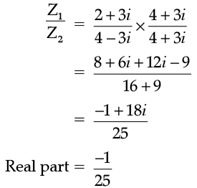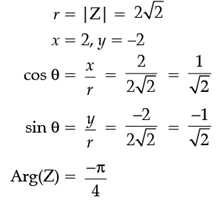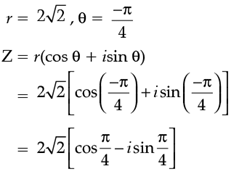Test: Complex Numbers & Quadratic Equations- Case Based Type Questions - Commerce MCQ
10 Questions MCQ Test - Test: Complex Numbers & Quadratic Equations- Case Based Type Questions
A number of the form Z = x + iy, where x and y are real and i = √−1 is called a complex number. Consider the complex number Z1 = 2 + 3i and Z2 = 4 – 3i.

Q. Real part of Z1 is ...............

A number of the form Z = x + iy, where x and y are real and i = √−1 is called a complex number. Consider the complex number Z1 = 2 + 3i and Z2 = 4 – 3i.

Q. Imaginary part of Z1 – Z2 is .............

| 1 Crore+ students have signed up on EduRev. Have you? Download the App |
A number of the form Z = x + iy, where x and y are real and i = √−1 is called a complex number. Consider the complex number Z1 = 2 + 3i and Z2 = 4 – 3i.

Q. Imaginary part of Z2 is ...............

A number of the form Z = x + iy, where x and y are real and i = √−1 is called a complex number. Consider the complex number Z1 = 2 + 3i and Z2 = 4 – 3i.

Q. Real part of Z1/Z2 is ..............
A number of the form Z = x + iy, where x and y are real and i = √−1 is called a complex number. Consider the complex number Z1 = 2 + 3i and Z2 = 4 – 3i.

Q. Imaginary part of ![]() is ...........
is ...........
Consider the complex number Z = 2 – 2i.
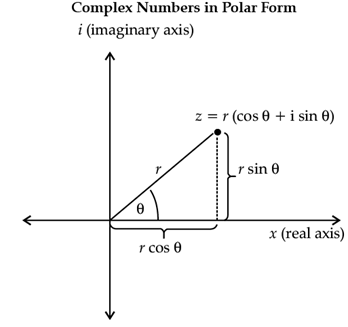
Q. The real part of Z is ...............
Consider the complex number Z = 2 – 2i.
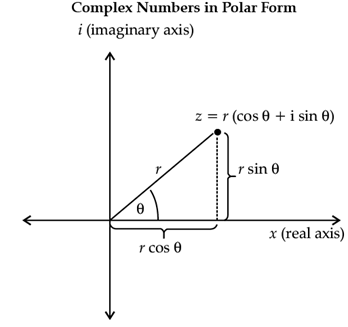
Q. The value of |Z| is ..............
Consider the complex number Z = 2 – 2i.
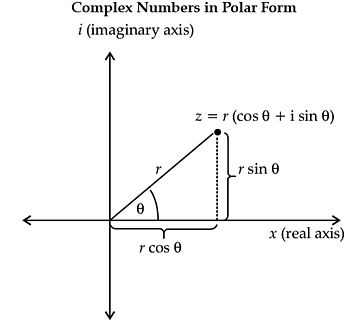
Q. Zz̄ = ..............
Consider the complex number Z = 2 – 2i.

Q. The principal argument of Z is ...........
Consider the complex number Z = 2 – 2i.



